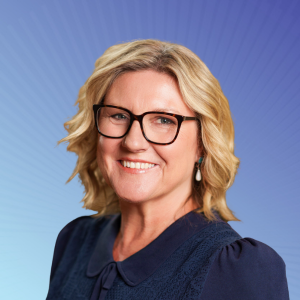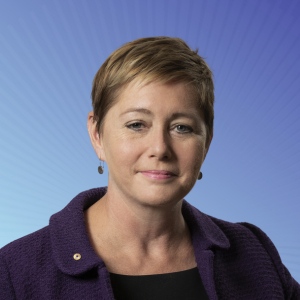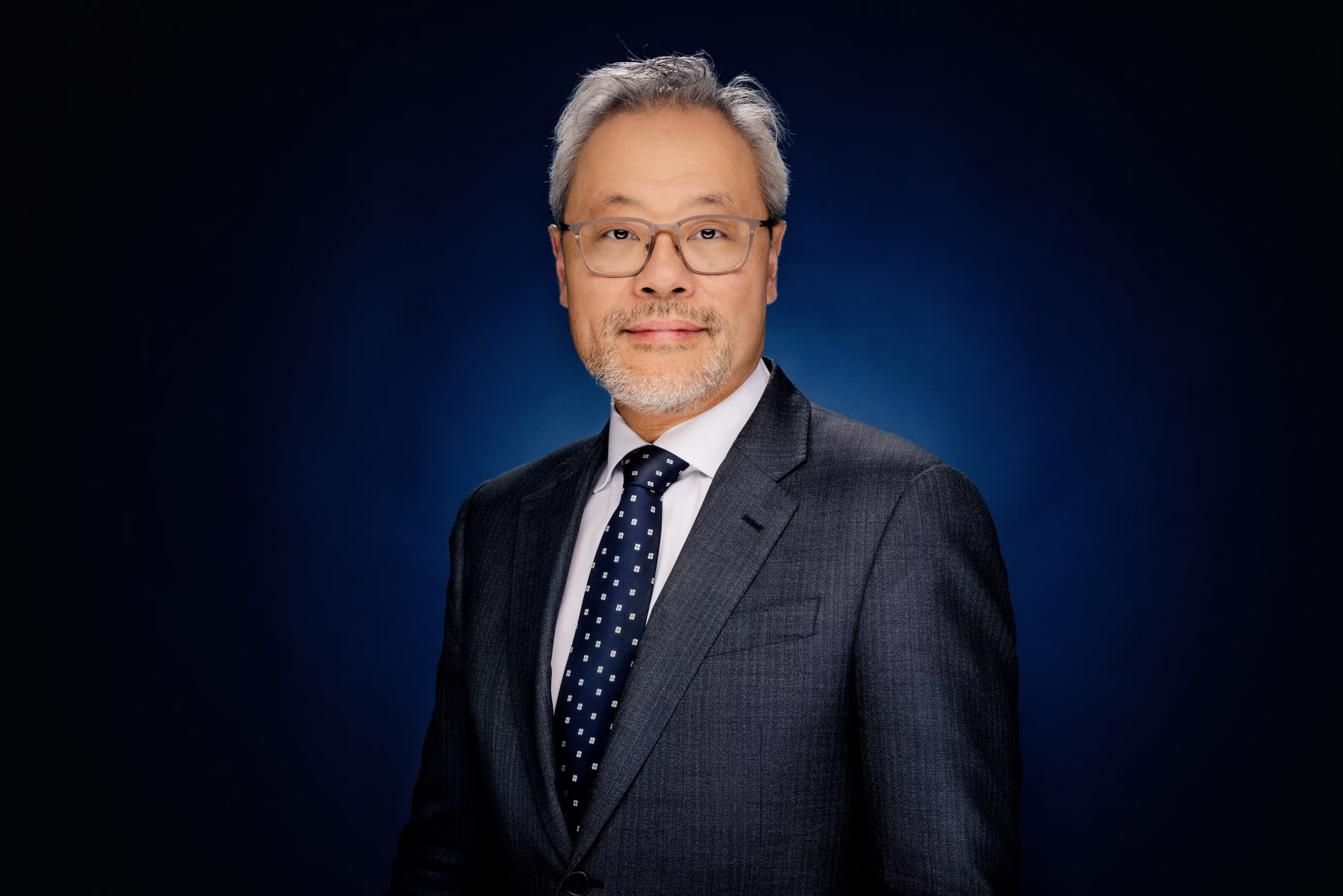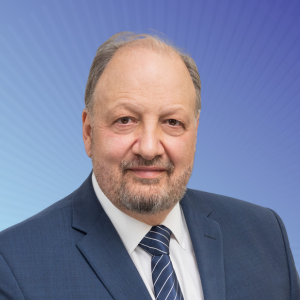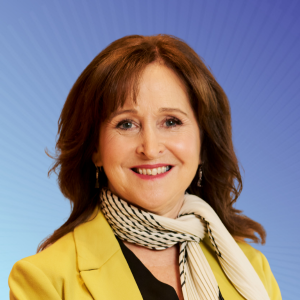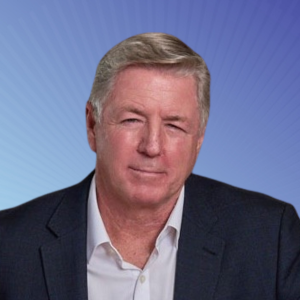David Whiteley, Head of Global External Relations at IFM Investors, shares his insights and perspectives on what’s ahead for IFM in an increasingly globalised investment landscape, the huge growth trajectory of superannuation funds, and why Australia’s retirement system is the envy of the world.
Tell us about your role at IFM. What are your key responsibilities and challenges? Which parts do you find the most enjoyable or rewarding?
I’m the Head of the Global External Relations team at IFM. We do public policy work, such as government engagement, stakeholder relations and external relations, including media relations. We’re operating across a whole range of jurisdictions globally and have a big client base of over 700 institutional investors, largely pension funds. So that’s interesting, fascinating and extraordinarily challenging – in a positive way.
The second area of our work is managing a lot of the more strategic projects with our major owners. That might extend to looking at new horizon investment strategies, as well as some of the broader systems-level investing that the funds are turning to. So as major investors now, they’re typically what would be called universal investors in that they and their members now invest in all parts of the global economy.
They cannot dodge some of these big systemic risks like climate change and energy transition, inequality, and the effects of populism. All of these issues could have impacts on their member portfolios, so there’s often a connection between how a super fund or big investor can generate the appropriate risk-adjusted return for members and some degree of government policy change. This means a big part of the role we’re developing now is working with our major owners and other big super funds, and in fact, global pension funds, to look at some of these big systemic risks and the policy changes that are needed to protect and build members’ super. Examples include the work we’ve done around the energy transition and housing.
How does IFM intersect with the Australian superannuation system, and what are some of the key issues and challenges you’re seeing in the sector?
Climate change and housing are the two most obvious ones, and I think the third one is the fact that the sector – which includes the regulators, policymakers, the business community, the media and the public – are all beginning to fully understand the size, scale, impact and growth trajectory of the sector.
I think that what we can do around, say, the energy transition and housing were indicators to us a couple of years ago that super funds, collectively, do have a significant role to play in what could be major public policy challenges, where private sector investment can play a part in addressing those challenges.
But in order for us to invest and generate returns, we need to engage with the challenges fully. We look into housing issues, land release issues around planning, tax issues, labor supplies, supply chains, and more. All of these challenges need governments to be working with investors, whether it’s industry super funds or other super funds. If a group of investors are like-minded, they unite around a set of policies, and government is usually welcoming when they are presented with a clear and unified voice.
The other pieces are around the size, the scale, and, most importantly, the growth trajectory of the superannuation sector. That scale and growth became really obvious at this year’s Super Summit in the US.
IFM attended the Superannuation Summit you mention, highlighting the strength of the superannuation system and opening investment opportunities for funds in the US. How did the event play out from your point of view? Did it achieve what you and others had intended?
It was very significant from an attendance point of view, with the guest list including senior politicians and policy makers, and some of the US’ top finance executives. It was significant because we could really plant a flag and raise awareness on our growing pool of superannuation capital, which is long-term and reliable. The long-term nature of our capital is really well understood, and I think we did a good job of uplifting that profile.
It was clear how the super system is a huge part of the Australian economy and is now part of Australia’s trade investment relationship with our closest allies and closest investment partners. One in five dollars is invested in the US.
What was the general reception you got from the US delegation?
There are two things that spring to mind. The first was just the sheer growth trajectory and the scale of super. When you’ve got the largest economy in the world with their own pension system of somewhere upwards of 60 trillion dollars talking about Australian super funds as being key investment partners, that really demonstrates the impact we had.
The second piece is around some of these leading figures we met with: The CEOs from some of the largest Wall Street investment firms and their recognition of the strengths of Australia’s system.
They were interested in the core characteristics of our system – it’s universal, compulsory and savings are retained in the members’ accounts at retirement. They look at the predictability of the cash flows and of the deployment and see how that creates the capacity to invest in liquid assets. That’s what attracts the sharpest minds on Wall Street.
It would be fair to say there has been some volatility in markets recently in reaction to the Trump Administrations’ tariffs and proposed Big Beautiful Bill legislation. Has this changed your perspective on pursuing opportunities in the US?
I’ll leave political commentary to others. IFM has a clear history of working in a bi-partisan basis across all levels of government to advocate for the role of private capital in public infrastructure.
We invest for the long-term, and our investments typically endure short-term fluctuations.Infrastructure is a resilient asset class that has been a priority for US Administrations for many years. We continue to review new developments and what they may mean for our assets.
We believe the US will remain a key component of most of the world’s top investors’ portfolios as it makes up a significant amount of the global stock market. Ultimately, it’s less about choosing one market over another, and more about achieving resilience through geographic and thematic diversification.
Almost half of Australian investment is now overseas. Do you think we’re nearing capacity, or is there potential for growth?
We’re currently at around 150% of GDP and within a decade or so, it will be heading towards double the size of Australia’s GDP. We’ve got $2 billion USD every week flowing into the system. Absent of policy change that impacts returns, it is expected that the current investment in the US, which is currently around $US400bn, will grow to $US1tn by 2035. Super funds are aiming to invest more of their assets overseas, which is an example of super funds scouring the world to try and find investments.
Australia’s super funds are beginning to demonstrate that they are amongst the world’s most sophisticated investors. We are capable of meeting with some of the most influential policymakers in the world, and we’re in a powerful position to hear from them, to learn from them and to engage with them. I think this is the only realistic direction for Australian super funds.
The UK fund Nest has recently become your first non-Australian shareholder. Can you tell us how this came about?
Nest is one of the fastest-growing pension funds in the world. They have had long-standing connections with a number of the major industry funds in Australia, and they are very values-aligned to our owners and to IFM.
They’re growing fast and they want to invest more in private markets. They’re up to 17% of their portfolio being invested in private markets, and they wanted a partner to help them grow that percentage to 30%.
What they saw in IFM was a reliable track record in terms of expertise and having a strong presence in the UK – we’ve got about 150 people working in our London office now. From our perspective, we see a pension fund that is aligned to our values, with a growth trajectory that is really exciting for us. We are owned by some of the fastest growing pension funds in the world, and therefore some of the most sophisticated investors in the world – it’s something we relish, and we recognise that we are in a privileged position.
What does it mean for clients, future direction and growth?
We’ve been really deliberate about our growth in the UK. In late 2023, we signed an MOU with the government indicating that we would look to invest significantly in the UK. And last year, we published a blueprint on the UK energy transition with a number of Australian super funds and British pension funds, including Nest, to signal that pension funds could commit at scale and quickly if the government made a number of policy changes.
Stepping up IFM’s investment footprint in the UK sounds like it’s a priority to take advantage of that energy transition. Is that a driving force?
We continue to look for opportunities in the energy transition, and to work with the UK and other governments globally to see what other infrastructure opportunities exist. IFM already has a significant portfolio covering energy assets, transportation and data centres. We have found the relationship with the UK government is developing into one where, like the US, they’re looking at our super system here and thinking through the changes they could make to their pension system to emulate the real strengths of the Australian super system. I suspect they won’t be the last Government to want to emulate the success of Australia’s super system.



















